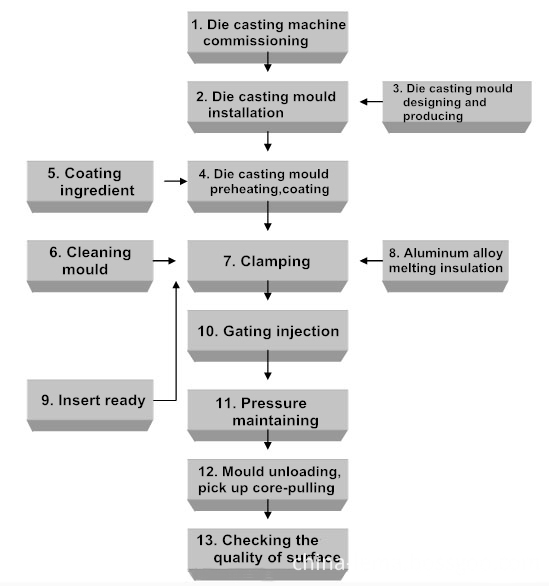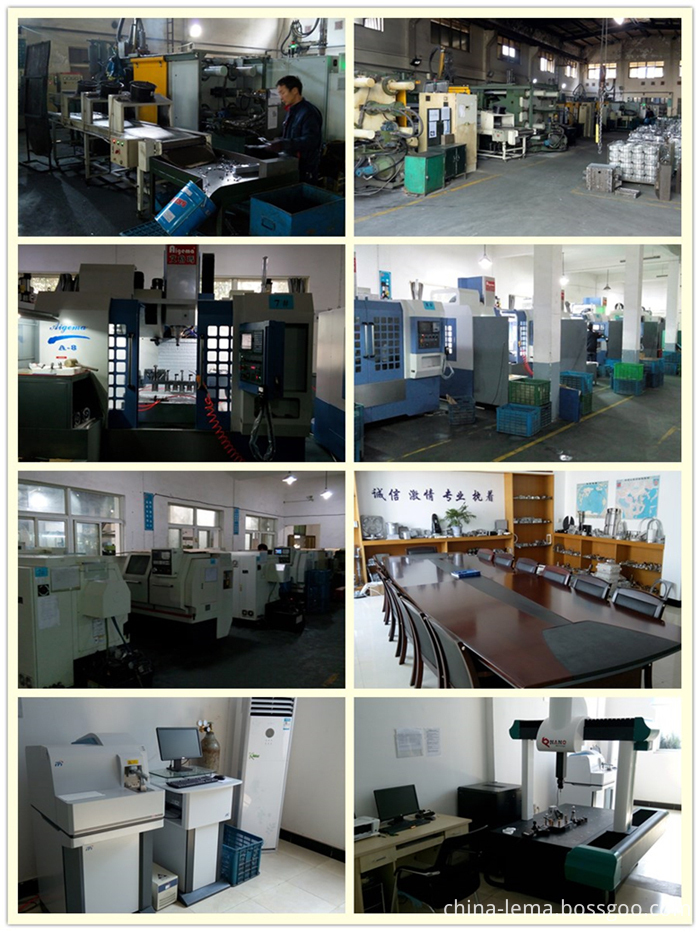An increase in the number of outer coils also causes an increase in the amount of machining and the meshing point of the dynamic and static discs, which results in difficulty in processing precision and reliability of the meshing, resulting in a decrease in volumetric efficiency and an increase in power consumption. Correspondingly, as the size of the static disk increases, the thermal deformation of the dynamic disk is correspondingly increased, causing a decrease in meshing reliability and volumetric efficiency. In order to overcome the above problems, a number of key technologies have been adopted in the development process, mainly in terms of force balance, noise reduction and vibration reduction, friction lubrication, internal cooling, efficiency improvement, structural design, and line design. Start with the design of the oil circuit and design. The axial force balance technique of the back pressure of the moving plate is to open two small holes in the end plate of the moving plate, so that the gas in the compression chamber communicates with the back pressure chamber, and the opening positions of the two small holes should ensure that the back pressure chamber can provide sufficient movement. The axial sealing force of the disk reduces the friction between the back of the moving plate and the frame on the one hand, and provides the proper sealing force of the dynamic and static plates on the other hand to ensure volumetric efficiency. The secondary balancing technique of the moving plate and the crankshaft is the first balancing to adjust the centroid of the moving plate to the driving center of the moving plate; the second balancing balances the centrifugal force acting on the crankshaft. By this method, the supporting force of the frame, the supporting torque and the dynamic load caused by the inertial force of the main bearing can be reduced, and vibration, noise, friction and wear can be reduced. The internal cooling technology of the compression chamber injection oil is on the one hand the need to return the oil after the fine separation of the compressor, and on the other hand to provide oil mist lubrication, sealing and internal cooling to the friction surface of the moving part to reduce the friction and reduce the temperature of the compression process. Rise. Injecting oil into the closed compression chamber is performed after the suction in the suction chamber is closed, so that the inside of the injection is cooled, which can reduce the occupation of the suction volume and is advantageous for improving the volumetric efficiency.
Copper die casting part is similar the aluminum die casting, the die casting machine also the same, but the life of Cu Die Casting Mould is very short, only about 10,000 shots, because the high melting point of copper alloy, it is easy make the mould aging.
The copper die casting, brass die casting production flow chart
Materials of copper alloy die-casting: Cu 59-1, Cu 63, Cu62;
The precision of the Cu die casting part: ±0.15mm;
Smoothness of rough part: Ra3.2;
Shrinkage rate of brass die casting products: 0.6%;
Material wastage rate: 6%;
Cu die-casting machining allowance: 0.5mm~0.7mm;
Surface preparation methods: Sand blasted, Shot blasting, Powder coating,
Painting, Plating, Polishing.
Our company's
production equipment and management system
copper die casting production equipment: L.K brand die casting machine From 160T, 200T,
280T, 400T,
CNC machining center: 6;
CNC lathe machine: 12;
Work days of one week: From Monday to Saturday;
Shift work: 2 shift per day;
Working
hours: From AM 8:00 to PM 4:30;
2D and 3D
drawing Software: AutoCAD, UG, Pro/E, SolidWorks 2015;
QC control: New type NANO CMM, FPI M5000
desktop metal analyzer, Mechanical properties tester.
My company`s strengths of Cu die casting, CNC machining, and QA control.
Copper alloy die casting parts Copper die casting, brass die casting, Cu die casting, aluminium bronze die casitng, tin bronze die casting, beryllium bronze die casting NINGBO BEILUN LEMA MACHINERY TECHNOLOGY CO.,LTD , http://www.china-lema.com

